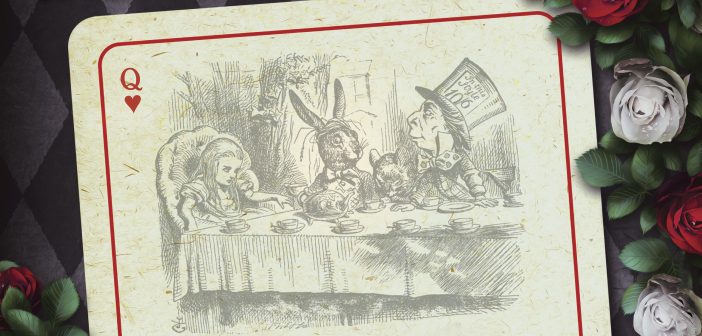This English idiom is used to describe a person or animal that is acting in an odd or eccentric manner. The phrase was derived from the observed antics of the European hare during its breeding season, which peaks in March. During this time of the year, the animal’s behavior includes hopping and jumping excitedly without cause, “boxing” with other hares and generally acting absurdly or a bit nutty. Their uncharacteristic activity lasts throughout their breeding season, which extends over several months.
Dating back to the 16th century, the phrase was famously characterized in 1865 by imaginative English author, Lewis Carroll, in his children’s book, Alice’s Adventures in Wonderland, when the March Hare hosts “A Mad Tea-Party,” where he and the Mad Hatter vex Alice with their many crazy antics, riddles and stories. And, there is no doubt that Carroll meant the March Hare to be mad. In John Tenniel’s illustration of the tea party scene, a bit of straw covers the March Hare’s head. In Victorian England, having pieces of straw in one’s hair was considered to be a symbol of madness. In The Nursery “Alice”, Carroll wrote, “that’s the March Hare with the long ears, and straw mixed up in his hair. The straws showed he was mad – I don’t know why. Never twist up straws among your hair, for fear people shall think you mad!”





